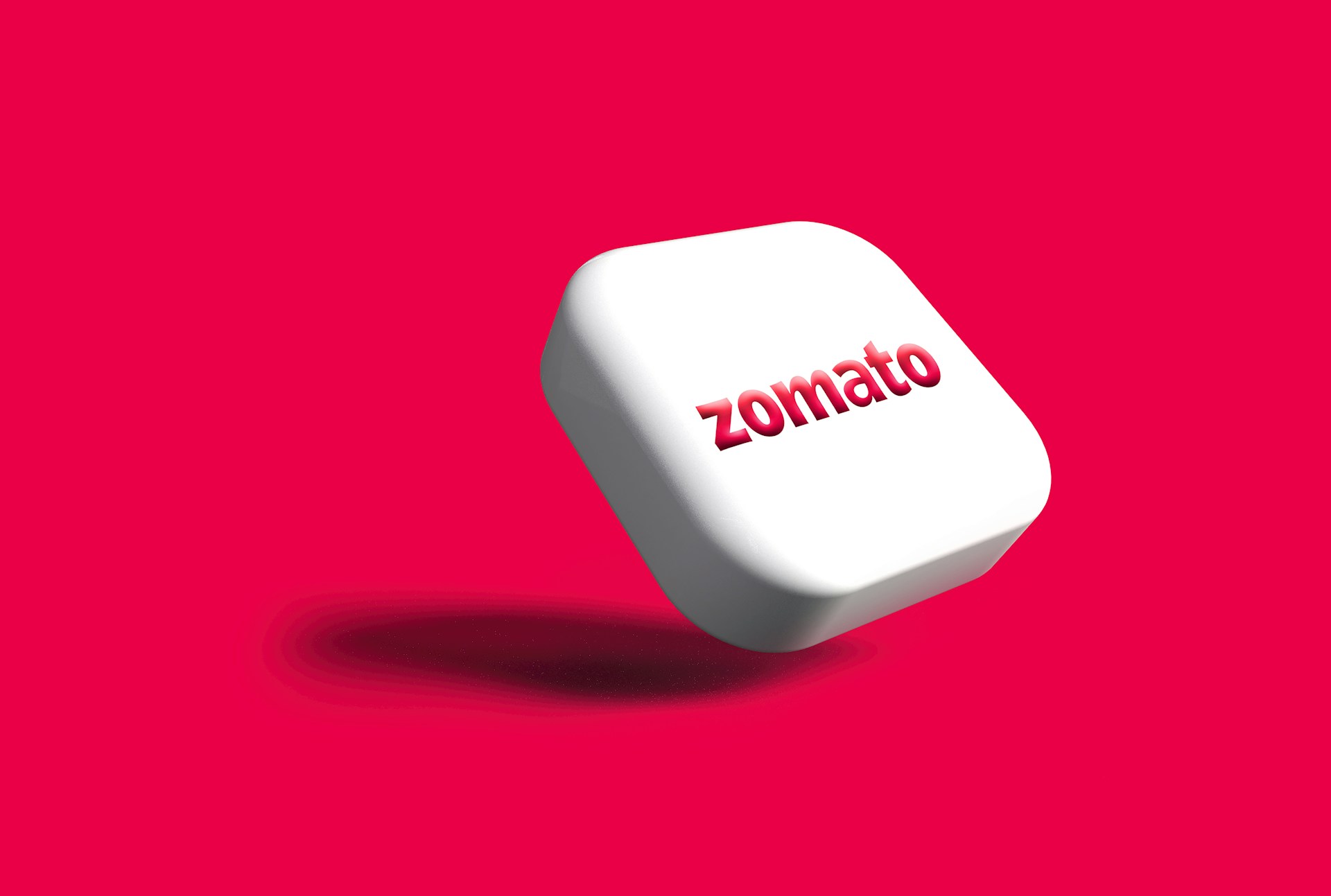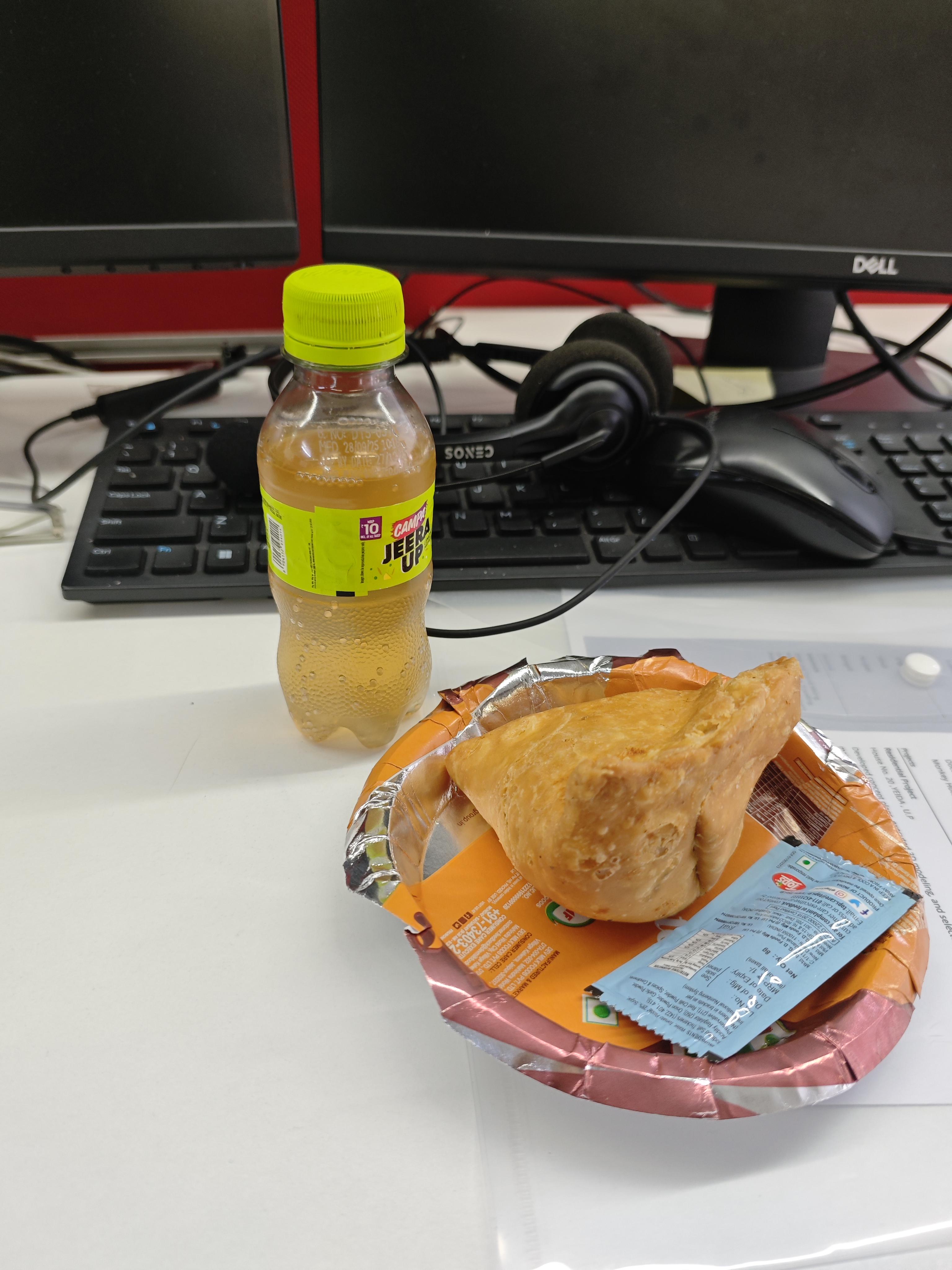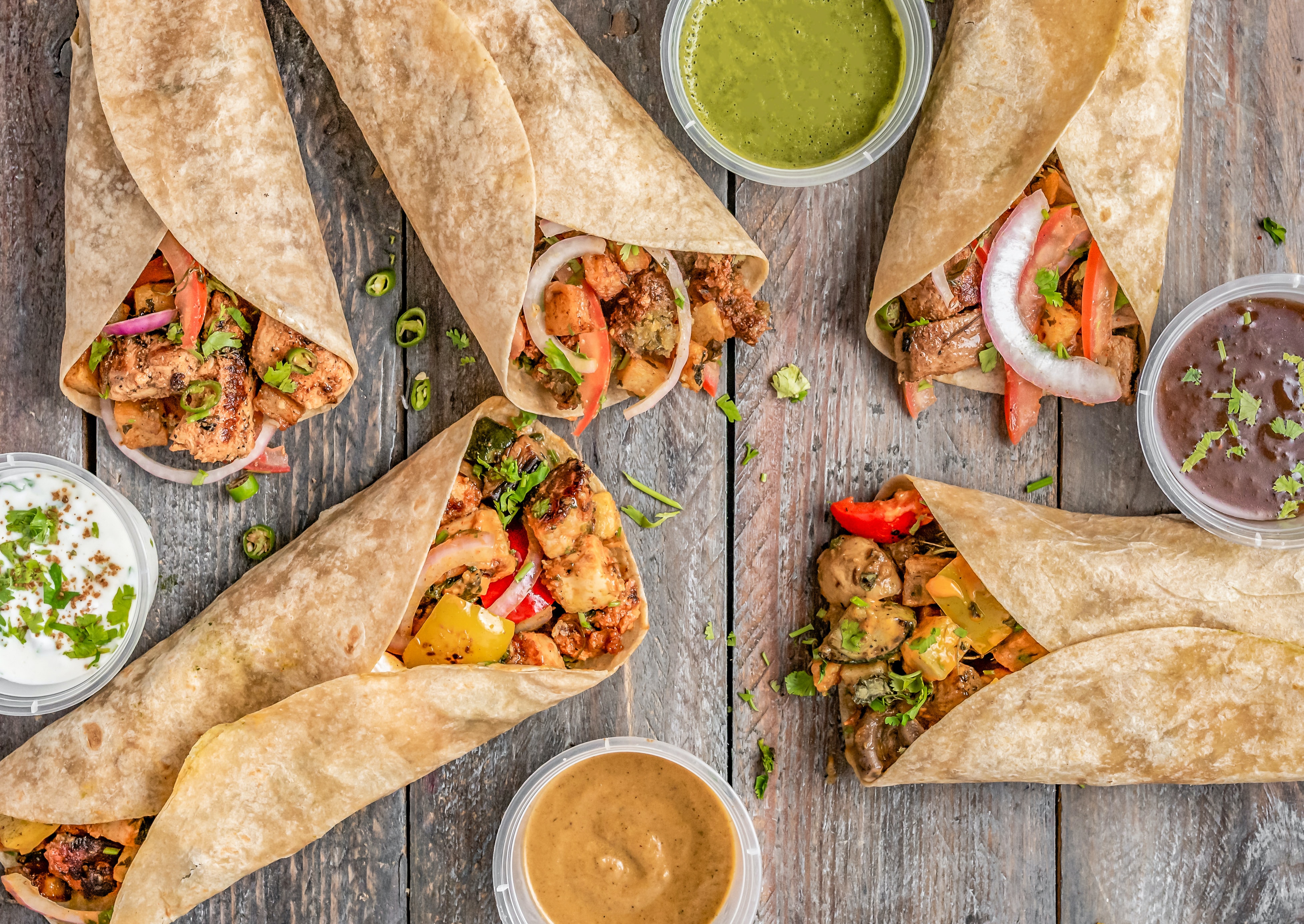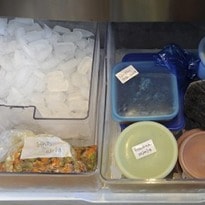Is your freezer stocked with lovingly labelled leftovers, or a frozen wasteland? Here are some ideas to make your freezer work for you
As the food waste debate continues, how much frozen food is binned due to bad freezer management? With Christmas fast approaching, it's time to get your drawers in order.
The basics of freezing
Freezing slows down bacterial growth, but doesn't kill it. So start with good quality produce. Get ready-frozen food in the freezer as soon as you're home. Freeze fresh food on "fast freeze" or in the coldest drawer (this is normally has some kind of symbol). It should be at -18C or below.
Wrap it up
Even a short stint in the freezer can leave food with that funny taste, called freezer burn. Go for proper food bags, squeeze out all the air, seal and label with a permanent pen, adding the date as well as what it is, and something to distinguish cooked from frozen.
What freezes well?
Leftover or batch-cooked dishes, especially anything sloppy, like soup, stews or baby food and fruit purees are perfect for freezing, because they are less likely to dry out when reheated. Assembled recipes, like pizza, pies, crumble, or lasagna are best frozen raw to avoid overcooking when you reheat them. Whole (un-iced) cakes and spongy puds freeze well (buttercream icings are fine, but some kinds of icing split when frozen so be wary).
To stash fresh fruit, put slices or whole berries over a large lined baking sheet and freeze till solid, then bag and label. This is called open-freezing, and is the best way to quickly freeze anything in individual pieces. For vegetables, boil evenly sized pieces briefly, cool quickly in iced water, then drain and open freeze.
It's helpful to split packs of sausages, bacon, and chicken pieces up before freezing to save defrosting more than you need. Makes sure whole joints of meat are a useable size too.
Raw bread, biscuit and pastry dough, breadcrumbs, butter and shelled nuts all hold up well in the freezer, as do leftover egg yolks or whites. Break them up with a pinch of salt or sugar and freeze in small pots.
On the flipside, cooked eggs, jellies, salads, yoghurt, un-whipped cream, emulsion sauces such as mayonnaise and low-fat dairy won't freeze well.
Other quick shortcuts
Never run out of milk again - keep a back-up plastic bottle in the freezer. Grated cheese freezes well, perfect for toppings. Sliced bread can go straight into the toaster from frozen, potatoes par-boiled, tossed in oil then frozen make great roasties, and cooked Yorkshire puds soon crisp up in a hot oven. Whole sandwiches with no salad can go into the freezer .
Flavoured butters and citrus juice and zest are fine, with whole chillies, lemongrass and bay and lime leaves happy in their own tropical corner too.
Defrosting and refreezing
Best done in the fridge, especially if we are talking about meat. Put frozen food on a tray at the bottom of the fridge and leave overnight or during the working day. Avoid refreezing raw meat or fish that's been defrosted and anything else that has already been frozen, unless you have cooked it again completely.
How long can I leave it in the freezer?
Follow the advice on the back of packaged food, but for home made I like to use foods containing fresh dairy, lightly cooked eggs (such as ice cream) or fish within a month, and everything else between three and six. Rotate the stock and use what's been in there the longest first. See? I said that boring labelling would come in useful.
Cooking from frozen
Most saucy recipes can be reheated from frozen. Either heat gently on the hob or in the oven with the lid on, then turn up the temperature and cook until the food is hot throughout. Simmer slow-braised meats gently as they can break up easily. If pies and bakes look like burning on the outside but are cold inside, cover with foil. Frozen fresh pasta can go straight into the boiling pot. Don't cook joints of meat or poultry from frozen.
Look after your freezer
A freezer, unlike your fridge, works more efficiently if full. Don't defrost it with a hairdryer, never whack the sides to knock off ice, and if there's a power cut, keep the door closed. The food should stay safe for 24 hours.
Put into practice: a soffrito base recipe
Also known as battuto, this is the essential base for Italian stews, soups, some sauces and ragu. The Recipes vary by region, but most and contains the "holy trinity" of Italian vegetables: celery, onion and carrot. In summer, make batches to freeze for winter, including some without garlic.
Makes about 350g
150g carrots
150g celery
150g onions
150ml olive oil
2 garlic cloves (optional)
Salt and black pepper
2 large sprigs of rosemary and/or thyme
2 bay leaves
1 Finely chop the vegetables. If using a machine, cut them separately as carrots need to be processed for longer than celery and onion.
2 Heat the oil in a large frying pan over a medium-high heat. Add the garlic, if using, and season with salt and pepper. Fry for 1 minute before adding the remaining ingredients.
3 Keep frying, stirring frequently, for 15-20 minutes, or until the vegetables have softened. The colours will change from bright and sharp to soft and golden. Use straight away or freeze.
Freezing soffrito
Divide into four portions and freeze in suitable containers. I use leftover yoghurt or ricotta pots. Once frozen, turn out and store in a plastic bag in the freezer.
Jane Hornby is the author of What to Cook and How to Cook It (Phaidon). To order a copy for £18.49 (RRP £24.95) visit theguardian.com/bookshop or call 0330 333 6846. Recipe extracted from the Italian Cookery Course by Kate Caldesi, Kyle Books
Photo: Use proper food bags, squeeze out all the air, seal and label with a permanent pen, adding the date as well as what it is, and something to distinguish cooked from frozen. Photographs: Jill Mead for the Guardian










